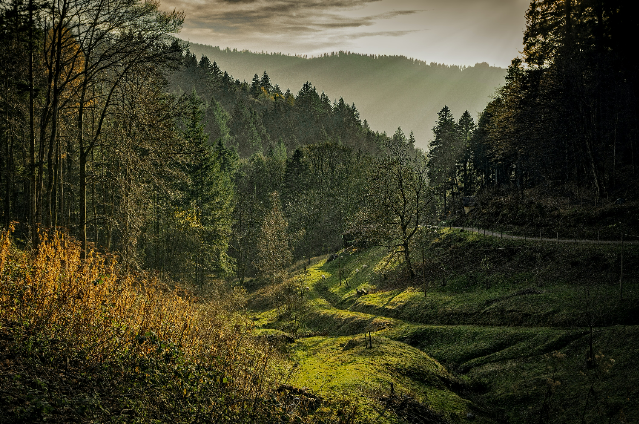
Earlier this year, the Gura Ferda Forest in SouthWest Ethiopia was surveyed. It was estimated that these wet forests contain up to 80% of terrestrial biodiversity and various endemic plant and animal species.
Despite the unique characteristics associated with it, the forest is not formally protected.
The forest is a beautiful example of a forest and local people living in harmony, says Julian Bayliss, a specialist in protected areas. The latter has served for more than three decades.
He says, 'It is the most important forest in Ethiopia as it is a rare example of such a forest in it's size and condition.'
The forest is situated close to the Sudanese border.
The peculiarity associated with these forests is that these forests have a massive size, undisturbed primary forest. Although, there is no legislation for these forests at the State level the local communities have gone ahead.
These wet forests contain a lot of biological diversity. Bayliss describes that the forests have an excellent range of flora and fauna.
It is already home to a suite of Ethiopian endemic species of birds, amphibians, and reptiles. Research or a survey in these forests would increase the number manifold.
It's located approximately halfway between the country's Gambella and Omo National Parks and also provides what Bayliss describes as a 'stepping stone' between other formal protected areas for animals looking to move from one place to another and find refuge.
Bayliss led an expedition there in the hope of creating a new protected area. Although, local community protection should be extended to a higher level of legislative protection.
Gura Ferda is the only place in the world where coffee grows wild. Hence, for the expansion of coffee plantations, Ethiopia has lost large covers of it's forest. Coffee cultivation if continued to be practiced should hinder the growth of forests. It destroys the nature of the forest.
Bayliss is now clear with the idea that the protection model in these forests would be community conservation. The indigenous communities who are the majority in the area shall be the fierce protectors of this forest.
Community activity inside the forest mainly revolves around it's use for honey with locals hanging hives in the trees. In doing so, they protect the forest and do not cut the trees.
The forest is actually known locally as 'The Honey Forest' because of the role it plays in providing honey, a mainstay of the local community's economy.
Protecting these forests would ensure that the local communities would play a leading role in managing the forest and thus protect their livelihood through the honey collection. Legislation of a higher level would prevent the forest from being converted to coffee cultivation or extractive mining.
Regional conservation authorities support the creation of a protected site.
The success of the programme would be measured in terms of the maintenance of the population of flora and fauna. It shall also continue to ensure the community element in these areas.
Bayliss says,
'Its a beautiful example of a forest and local people living in harmony. In nature, everything is connected.'
. . .
References:
- http://www.sej.com/
- https://news.mongabay.com/
- r/uplifitingnews
